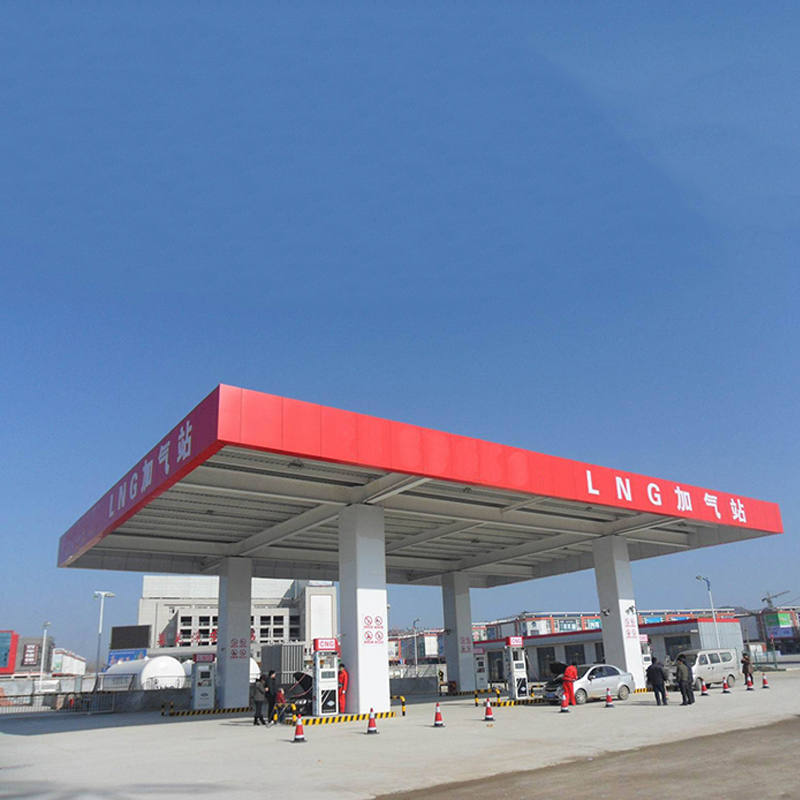
Nov . 08, 2024 10:20
Back to list
Pressure Relief Valve Systems for Enhanced Safety and Performance Management
Pressure Relief Valves Ensuring Safety and Efficiency in Industrial Applications
Pressure relief valves (PRVs) are critical safety components in many industrial systems, designed to protect equipment and personnel from the dangers associated with excessive pressure. These valves automatically release excess pressure when a system exceeds its pre-set limits, thereby preventing catastrophic failures and ensuring the smooth operation of various processes.
Understanding Pressure Relief Valves
Pressure relief valves function as safety devices that allow for the controlled release of fluids or gases. When the pressure within a system rises beyond a specific threshold, the valve opens to vent the excess pressure. This action not only protects equipment from damage but also helps maintain the integrity of the entire system. PRVs are commonly used in a wide range of applications, including chemical processing, oil and gas production, water treatment, and HVAC systems.
Types of Pressure Relief Valves
There are several types of pressure relief valves, each designed to address specific needs and applications
1. Spring-loaded Relief Valves These are the most common type of PRVs. They utilize a spring mechanism that holds the valve closed until the system pressure exceeds the set point. Once activated, the valve opens to relieve the pressure.
2. Pilot-operated Relief Valves These valves use a pilot pressure mechanism to control the main valve. They are often more precise and can handle higher flow rates than spring-loaded valves.
3. Balanced Relief Valves Designed to minimize the effects of back pressure on the valve's performance, balanced relief valves can operate effectively even in systems with variable pressures.
.
Applications of Pressure Relief Valves
صمامات تخفيف الضغط

Pressure relief valves find applications across various industries
- Oil and Gas In oil and gas extraction and processing, PRVs protect pipelines, tanks, and other equipment from explosive pressures that can occur during production or transport.
- Chemical Manufacturing Chemical processes can generate volatile gases, necessitating the use of PRVs to prevent pressure buildup and avoid hazardous situations.
- Hydraulic Systems In hydraulic machinery, PRVs help to maintain optimal pressure levels, preventing equipment damage and ensuring operational efficiency.
- Water Treatment In water treatment facilities, these valves safeguard against excess pressure that could compromise the integrity of treatment tanks and pipelines.
Importance of Maintenance
Regular maintenance of pressure relief valves is essential to ensure their reliable performance. Over time, debris or corrosion can affect the operation of these valves, leading to potential failures. Regular inspections, testing, and servicing help to identify any issues before they escalate into serious problems. Industry standards often specify maintenance schedules to encourage organizations to prioritize the upkeep of their PRVs.
Regulatory Compliance
Many industries are subject to strict regulations regarding equipment safety and performance standards. Pressure relief valves play a crucial role in compliance with these regulations, helping organizations to avoid legal liabilities and ensure the safety of their operations. Failure to maintain functioning PRVs can lead to severe penalties, including fines and shutdowns.
Conclusion
Pressure relief valves are indispensable in maintaining safe and efficient operations across various industries. By automatically managing excess pressure, these valves prevent catastrophic failures and protect both personnel and equipment. Understanding the different types of PRVs, their applications, and the importance of maintenance is crucial for operators and engineers who rely on these devices to ensure safety in their systems. As industries continue to evolve and technology advances, the role of pressure relief valves will remain vital in safeguarding both human lives and industrial processes.
Latest news
-
Safety Valve Spring-Loaded Design Overpressure ProtectionNewsJul.25,2025
-
Precision Voltage Regulator AC5 Accuracy Grade PerformanceNewsJul.25,2025
-
Natural Gas Pressure Regulating Skid Industrial Pipeline ApplicationsNewsJul.25,2025
-
Natural Gas Filter Stainless Steel Mesh Element DesignNewsJul.25,2025
-
Gas Pressure Regulator Valve Direct-Acting Spring-Loaded DesignNewsJul.25,2025
-
Decompression Equipment Multi-Stage Heat Exchange System DesignNewsJul.25,2025

